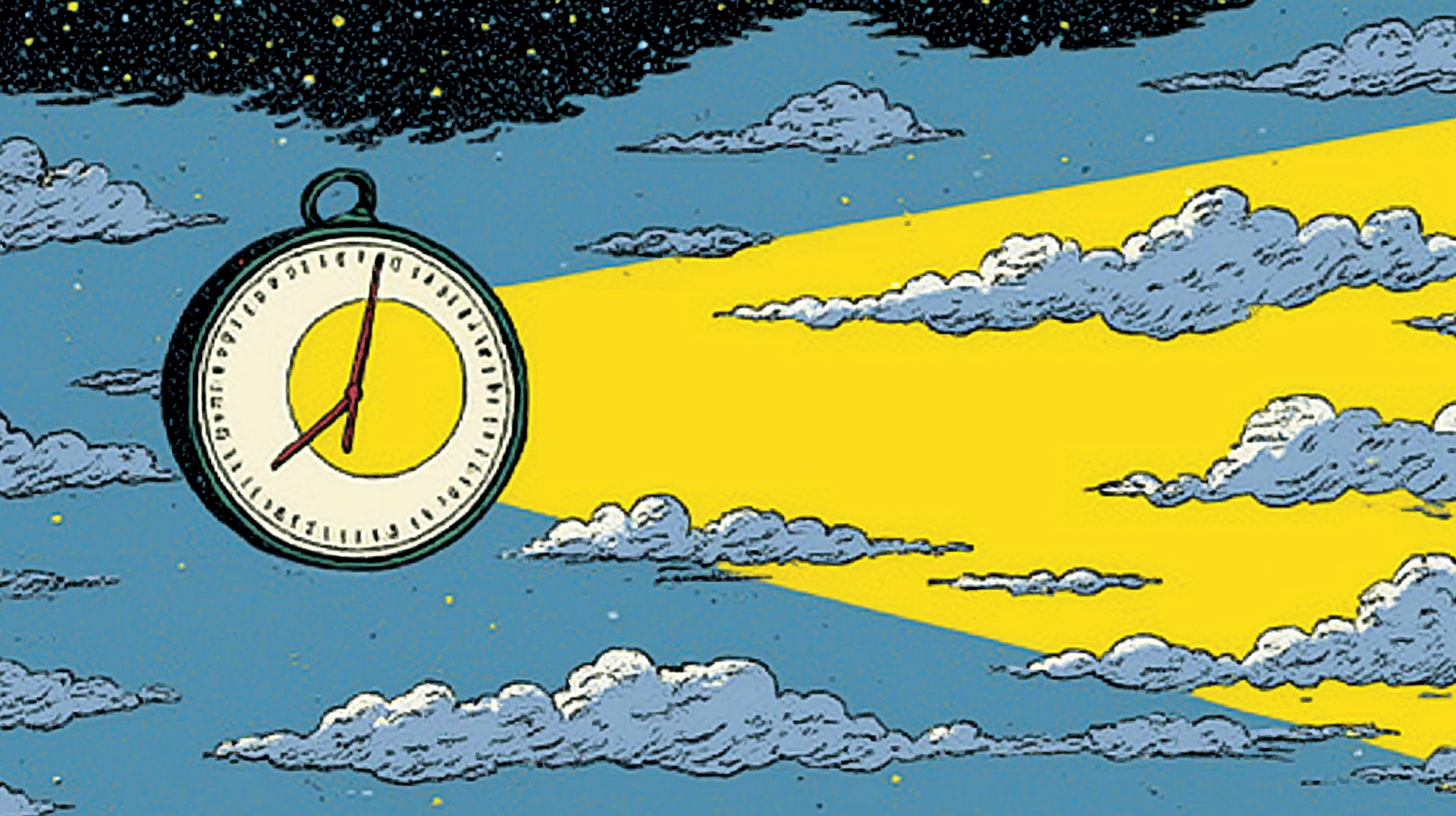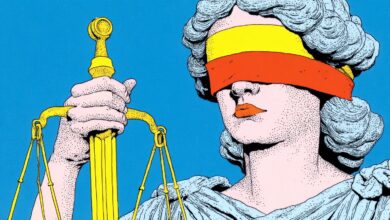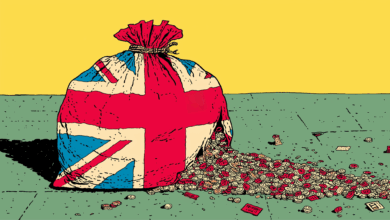Eternal Sunshine of the Changing Time

The debate about Daylight Saving Time (DST) has reignited in both Europe and the United States. Spain’s Socialist prime minister Pedro Sánchez is lobbying the EU to put an end to the bi-annual clock change, although he hasn’t stated whether he favors permanent summer (DST) or winter time (also referred to as Standard Time/ST)—which means more light in the evening or morning, respectively. It is a rare point of agreement between the Spanish premier and Donald Trump, who also wants to scrap the clock change, in his case to make summer time permanent.
Both leaders seem to have the public on their side. In a 2018 survey of 4.6 million European citizens, 84% favored abolishing the twice-yearly time changes (in Spain, that figure rose to 93%). A recent poll in the US found that just 12% are in favor of retaining the status quo; 47% are opposed to DST (including 27% who are “strongly opposed”), while 40% are neutral. Legislation passed in 1966 enabled individual states to choose whether or not to implement the practice; today, the only states that don’t are Arizona and Hawaii.
Benjamin Franklin is usually credited with being the first to suggest DST—although he didn’t propose clock-tweaking. In a satirical article written in 1784 for The Journal of Paris, when Franklin was the American envoy to France, he recommended that Parisians go to bed and rise earlier to reduce candle usage—and that cannons be fired at dawn to wake the city’s sleepiest residents. The first suggestion to change the clocks every spring came in 1895 from a New Zealander entomologist named George Hudson, who wanted more light in which to study insects. Franklin, one assumes, would have told Hudson to do his bug-work at sunrise.
It was not until the First World War that DST was implemented (in 1916 by Germany and 1918 by the US), as a way of conserving fuel for lamps and coal for heating. It was scrapped by many countries after the conflict ended, but reinstated by most during the Second World War and oil crises of the 1970s. Today, fewer than 40% of the world’s countries observe DST. Nations that have abolished the custom in the last decade include Jordan, Russia, Turkey, Syria, and Uruguay. Ukraine’s parliament passed a bill abolishing the bi-annual clock changes last summer, but it remains unsigned by president Volodymyr Zelensky.
Spain seeks to join the growing list of countries that don’t switch back and forward every few months. A few days before Europeans traveled back in time an hour on October 26, Sánchez said in a post on X that he “no longer [saw] the point in it.” He claimed that there is “plenty of scientific evidence that shows [the annual switch to DST in March and back to ST in October] barely helps to save energy and has a negative impact on people’s health and lives.”
The Spanish premier has restarted a conversation that Europe last had in 2018, when Jean-Claude Juncker, then president of the EU Commission, promised to scrap clock changes by the end of the following year. His proposal stalled, partly due to lack of consensus on whether Europe should adopt permanent DST or ST instead.
Sánchez has a strong case. Studies in the US and Europe have shown that the energy saved by DST is negligible. In the 1970s, the US Department of Transportation found that changing the clocks reduced the nation’s electricity consumption by just 1%. A report on Slovakia’s energy usage between 2010 and 2017 put that figure at 0.8%. In Indiana, which switched to DST in 2006, researchers found that the practice led to a 1% increase in consumption, as households used more power for air conditioning on summer evenings and heating on late fall and early spring mornings.
Studies have also linked clock-changing to an increased risk of mood disorders, heart attacks, strokes, and traffic accidents—all a result of the disruption caused to our internal circadian rhythms. “Left to themselves,” says David Ray, a professor of endocrinology at Oxford University, “[these] naturally align with the light–dark cycle, so the only problem comes when you start arbitrarily defining time based on a clock.” A new study by scientists at Stanford University has found that adopting permanent ST, or winter time, would be the best way for us to align with the sun’s cycle, preventing 300,000 strokes a year and resulting in 2.6 million fewer people with obesity.
Trump, meanwhile, has flagged the economic case against bi-annual clock changes. In April, he wrote on Truth Social that the idea of switching to permanent summer time is “Very popular and, most importantly, [there would be] no more changing of the clocks, a big inconvenience and, for our government, A VERY COSTLY EVENT!”
Trump referred to what economists call the “opportunity cost” of clock-changing. This is calculated on the basis of the average hourly wage and the assumption that each person spends ten minutes adjusting their timepieces. The estimated annual cost to the US economy is $2 billion. In calling for permanent DST, Trump is backed by the retail and golf sectors, both of which see their profits on longer evenings. Foiled robberies—resulting from a smaller window of evening darkness—are also thought to save $60 million in social costs every year.
Europe also wastes time and money on the twice-yearly clock switch. An expert at the London School of Economics and Political Science has claimed that abolishing the practice could lead to “welfare gains equivalent to an income gain of roughly €754 per capita per year.”
Trump has recently backed another attempt to pass the so-called Sunshine Protection Act, which would make DST permanent. Approved by the Senate in March 2022, it subsequently failed in the House of Representatives. Last month, another effort to pass the Act by unanimous consent was blocked by Senator Tom Cotton of Arkansas, who claimed that it would “make winter a dark and dismal time for millions of Americans.” Permanent DST, said Cotton, “would be especially harmful for school children and working Americans.” A Stanford study suggests that he might be correct in claiming that longer evenings don’t equate to a happier, healthier population.
Though there is consensus in both the EU and US that clock-changing is a damaging and outdated practice, the debate about whether to adopt ST or DST permanently continues. Perhaps Franklin had the right answer two-and-a-half centuries ago: go to bed when it’s dark and rise with the sun, regardless of the arbitrarily-assigned hour. All governments have to do is supply the cannons needed to encourage this.
The post Eternal Sunshine of the Changing Time was first published by the Foundation for Economic Education, and is republished here with permission. Please support their efforts.



